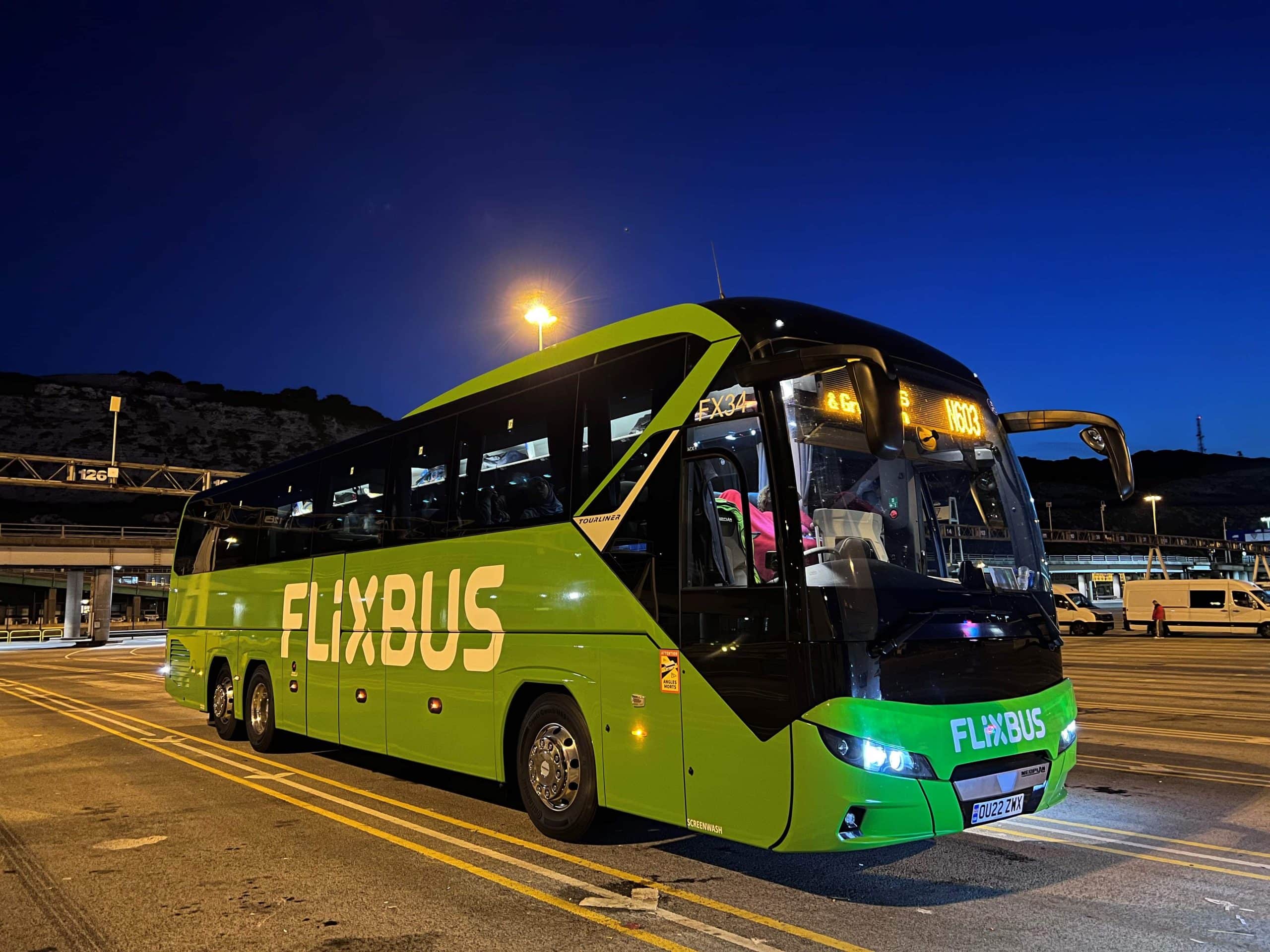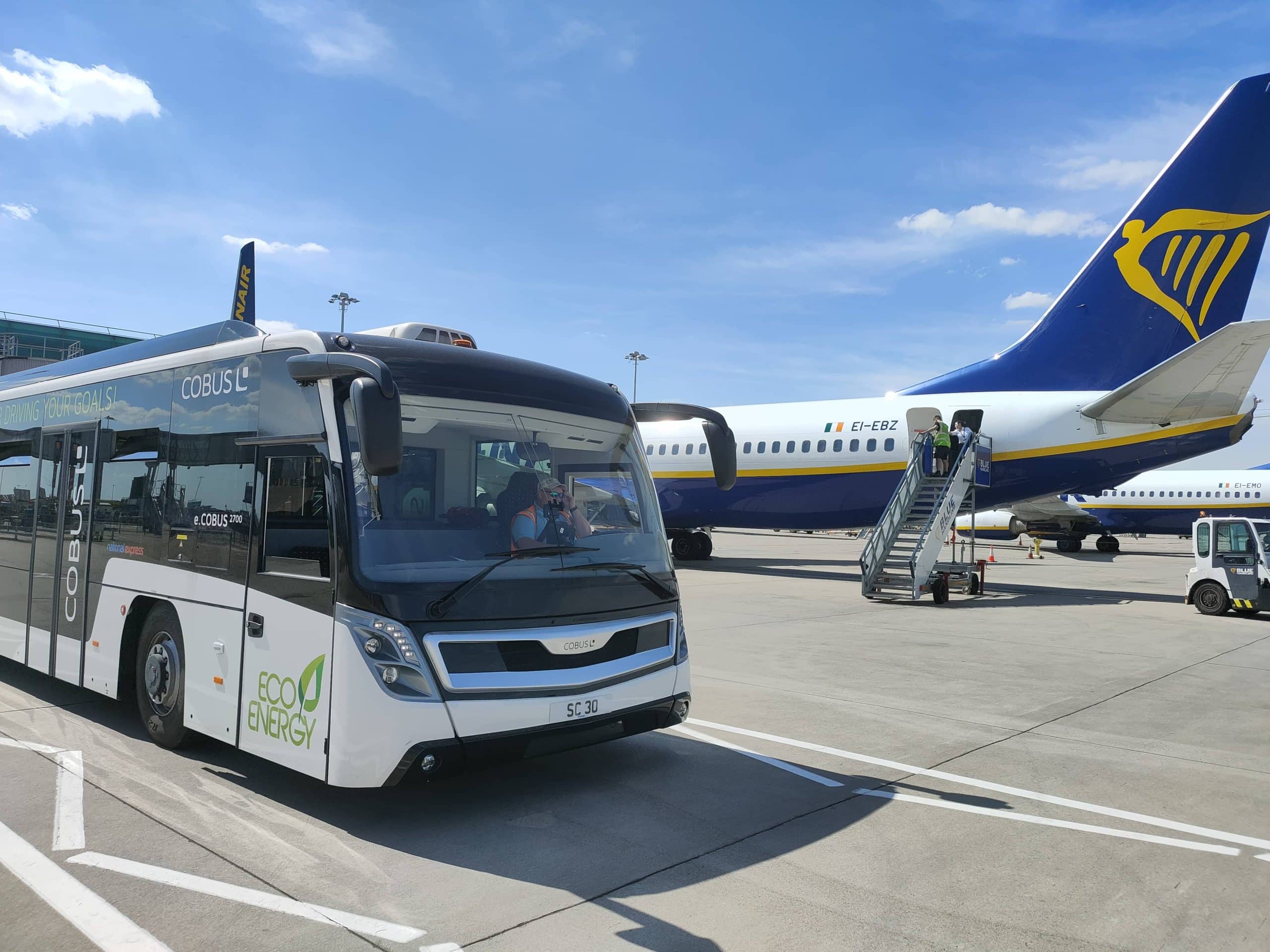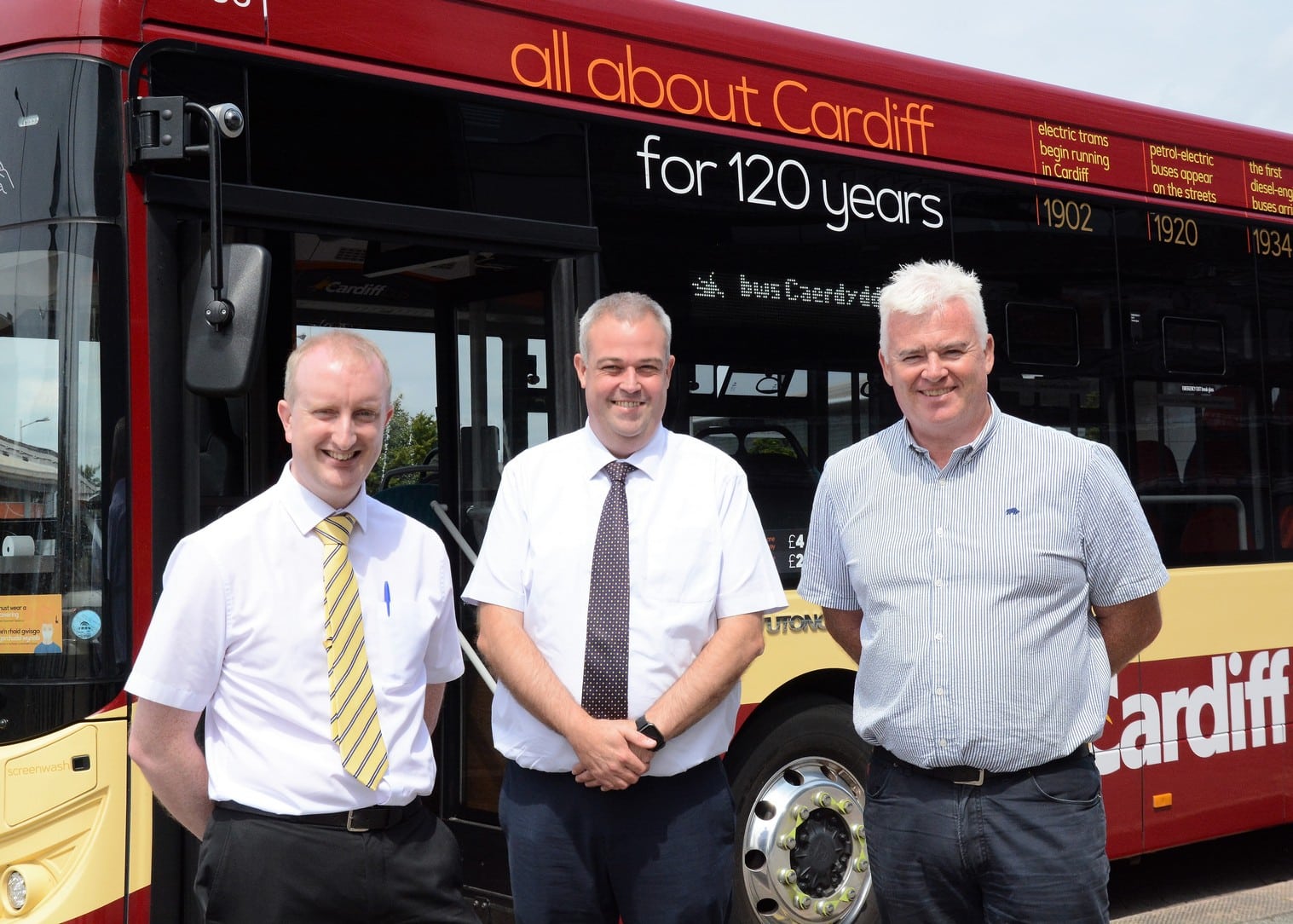CPT President Ralph Roberts highlights the work to be done on coach representation, and that CPT is in a good place to do it
I have been re-living my youth recently by delving into the details of coach operation for a project.
It never fails to amaze me how crucial coach travel is, and how overlooked it is in terms of policy, mainstream media and political support. Intercity coach travel, for instance, delivers around one third of the number of journeys over 50 miles compared to rail, but is completely invisible in terms of column inches.
Quite an incredible achievement, considering the UK’s congested motorways. This is a double-edged sword, but there is no doubt that coach travel is essential to a large number of people in the UK.
To the coach operators that collectively employ some 42,000 people and operate approximately 27,000 coaches, generating circa £6bn for the economy in the UK, they feel that it is time that they were recognised for the essential role that they play.
Coach travel is generally very different to local bus, but I am a firm believer that we are stronger together, and that joint relationships with town halls and policymakers will wake them up to the huge benefit to local economies by embracing road-based public transport into their core policy priorities.
There is a long way to go before we see zero-emission coaches that are affordable and usable by the majority of coach operators, so we need to make sure that the focus is on inclusion, access and consideration of coaches, rather than diverting the debate down a long-term blind alley.
PSVAR is another issue that has diverted the coach debate. Important as it is, the existence of a wheelchair space in a coach is largely irrelevant, if the coach cannot park to offload and uplift its passengers, or if it is having to drive for an hour or more to park between dropping off and picking up.
There are fundamentals that need fixing, and the other matters will be so much easier for the industry to cope with when they can get on with business in an efficient manner.
At the contractual end of the market, where home-to-school transport is responsible for one fifth of the coach fleet, local authorities must get past the ‘master-servant’ mindset of contracts.
Apart from the enlightened few, local authorities need to embrace coach operators as delivery partners, and stop trying to completely de-risk themselves while forcing wafer thin margins.
In short, there is a lot to be done, and I believe that the Confederation of Passenger Transport is best placed to help do it.



























